We all know how important water is and that we need to make sure we make it a priority in a survival situation. While it’s smart to create a solid water plan to be prepared, sometimes even the best water plan can come up short.
This is why it’s so important to know how to find water in the environment around you. When all your bottled water is gone, water procurement skills will be some of the best you can have.
Natural Sources of Water
There are quite a few natural sources for water that can come in very handy. The sources listed below are listed by general geographic location, but all are good to know.
Cold Climates:
In a cold and snowy climate, ice and snow can be your best source of water, but need to be handled in a very specific way. First, you should NEVER eat snow or ice without first melting them completely into water. Eating snow will lower your body temperature and in turn lead to more dehydration.
Also, snow and ice are far from perfectly pure sources of water. Both are only as clean as the water they are made from. Don’t assume that either are fine for consuming just by looks.
If you’re in an area that has salt water, be careful of ice that is gray or opaque, as it contains a high concentration of salt. Look for bluish, crystalline ice, as this will have the smallest salt content.
The Beach:
Chances are that if you’re stuck on a beach that you’re surrounded by salt water. As you probably already know, you can’t drink salt water. It will dehydrate you more and worst of all, make you violently ill.
To collect water in a sandy, beach area dig a hole deep enough that water starts to seep into it. Build a fire near the hole and place a few rocks in the fire to heat them up. Carefully place the rocks in the water-filled hole and hold a cloth over the hole to collect the steam that rises. Wring the now fresh water from the cloth.
If you have a container to boil water in, you can skip the rocks and hole method and boil the salt water over a fire, catching the steam in a cloth.
Desert:
A desert may be the worst possible place to be without water, but even in a place as dry and arid as this, water sourcing can still be achieved.
Look for places where water may have once flowed and dig deep down in them. Some water may still be present a few feet below the surface. These areas include:
- Valleys and low areas
- At the foot of concave banks of dry river beds
- At the foot of cliffs or outcroppings of rock
- Wherever you find damp sand or green vegetation
- Fissures in rocks
The cactus can be a great source for water too, if you know how to handle them. Cut the top off of a barrel cactus and mash the inside pulp up, squeezing the juice out into your mouth. Don’t eat the cactus pulp, but only take the juice. This is really only possible to do with a machete, as the cactus is by nature a prickly enemy.
One last source for water in a desert is often overlooked: Condensation on metal. Absorb the condensation with a cloth and squeeze the liquid into a container or your mouth. Since deserts experience extreme temperature changes from day to night, the chances for condensation are pretty high.
Creating Your Own Water Source
If there aren’t any viable sources for water near you, making your own water source is fairly easy, too.
First, you can create a still that effectively draws moisture from the ground and plant material. As long as you have the basics to create one, this can be an effective way to get around 1 liter of water per day.
Basically the still in the image above collects the moisture that would otherwise go off into the air on the plastic and allows it to collect at the bottom of the bag for you to drink. It is worth noting that you can not use poisonous plants for this, as the liquid you collect will be just as poisonous.
You can also make a below-ground still that collects water from the ground itself. You can also pour dirty water into the hole to purify it.
To make a below-ground still, you need the following tools:
- Some sort of shovel
- Collection container
- Clear plastic sheet
- Drinking tube (optional)
- Rocks
As you can see from the image above, you basically dig a shallow hole that allows for the collection container to stand upright, then drape the plastic sheet over the hole, securing it the entire way around with rocks. Place one rock in the center to give it a concave appearance. The moisture inside will evaporate and collect on the plastic sheeting, finally dripping into your collection container.
If you’re using polluted water, dig a trough around the outside of the hole and pour the water in there. The soil will help filter the water before it enters the hole for collection. This even works on salt water.
Water Purification
The last important tip here is that even though rain water and water collected from plants SHOULD be clean and ready to drink, you should always purify your water with iodine, chlorine, boiling, or an actual water filtration system.
Getting a water-borne illness can do more than make you uncomfortable for a few days, as in a survival situation this can kill you.
*This post was posted in Emergency Preparedness, Recent Articles, Survival Skills and was tagged with filtering water, finding water in the wild, finding water in the wilderness, water, water procurement, water storage
——————————————————————————
ORDER LINK
ORDER LINK

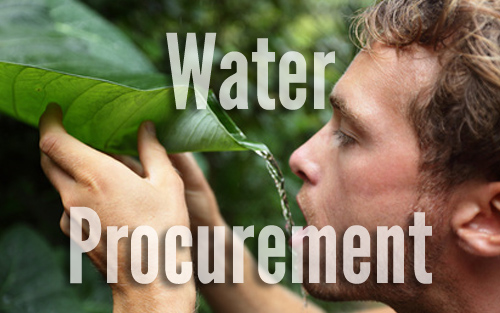



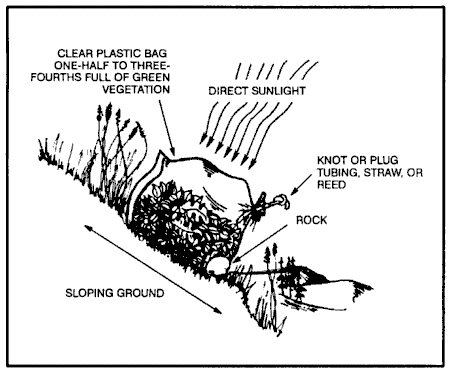
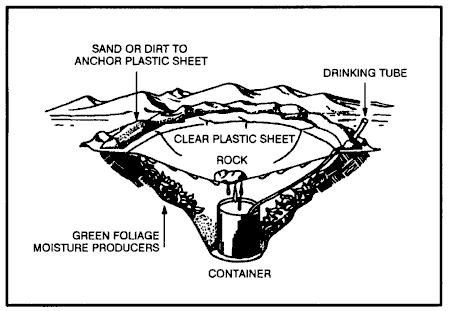
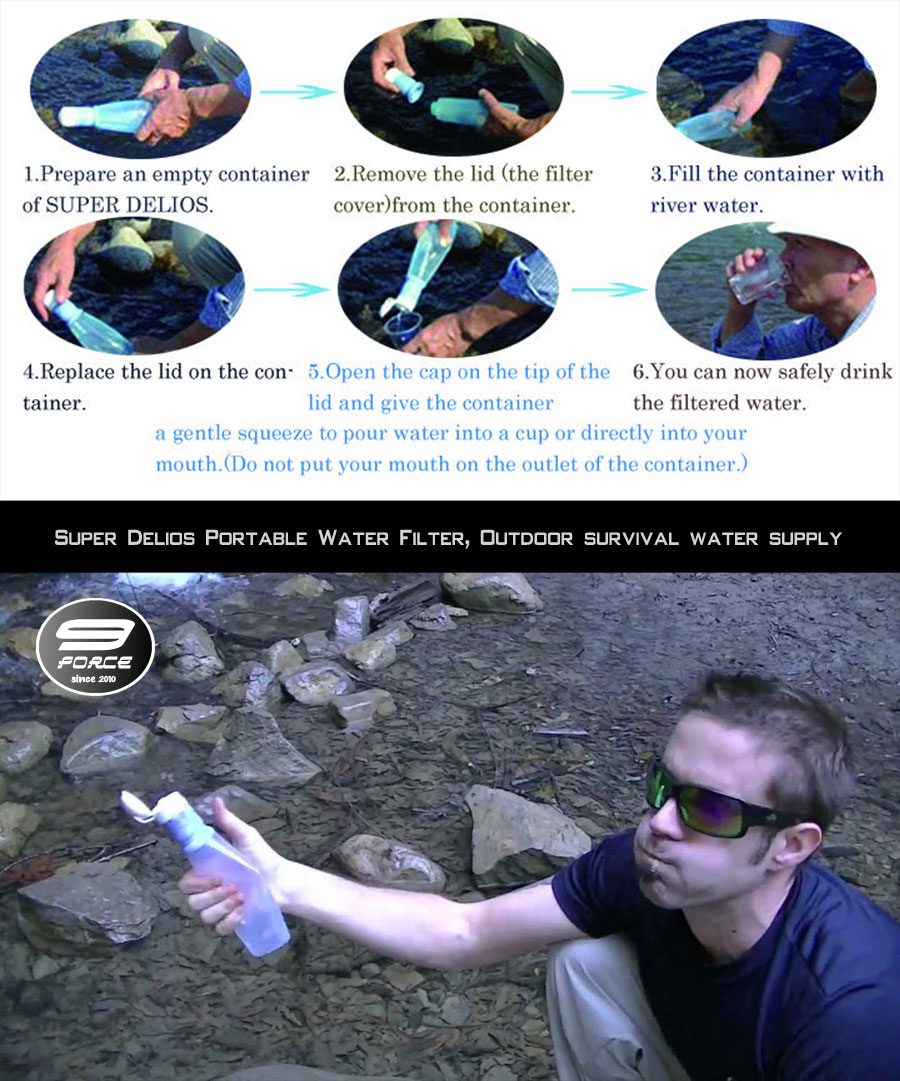
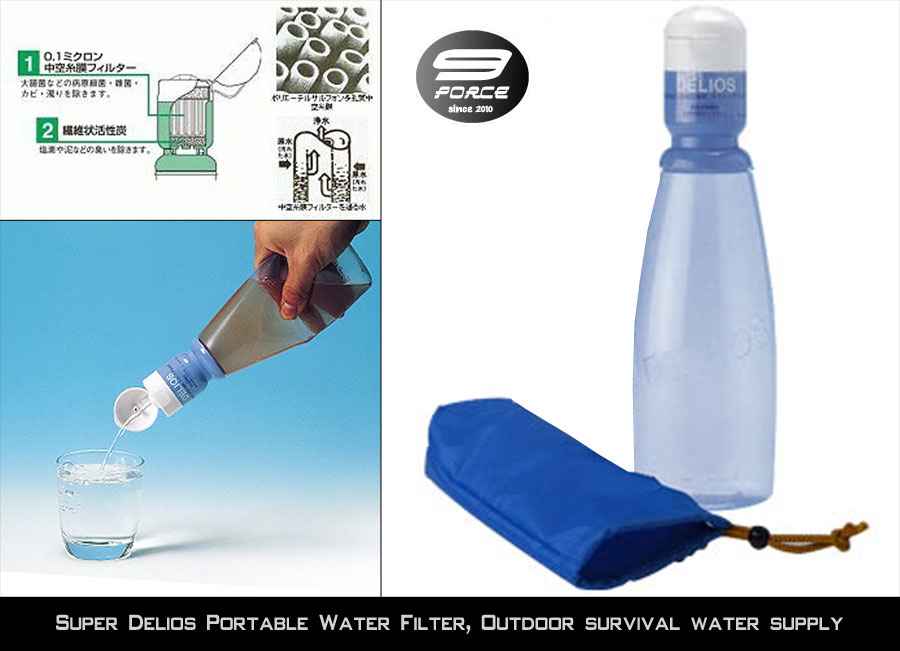



Leave a comment
You must be logged in to post a comment.